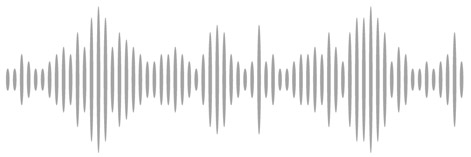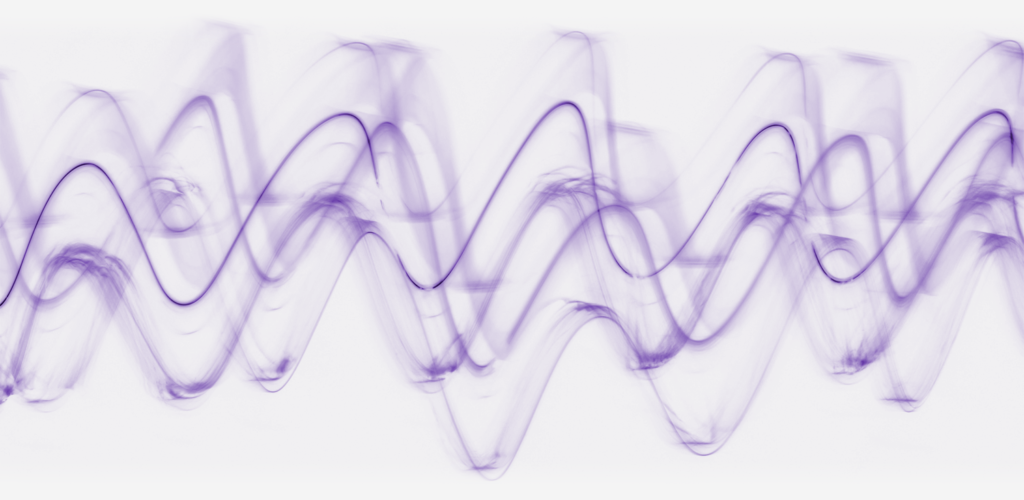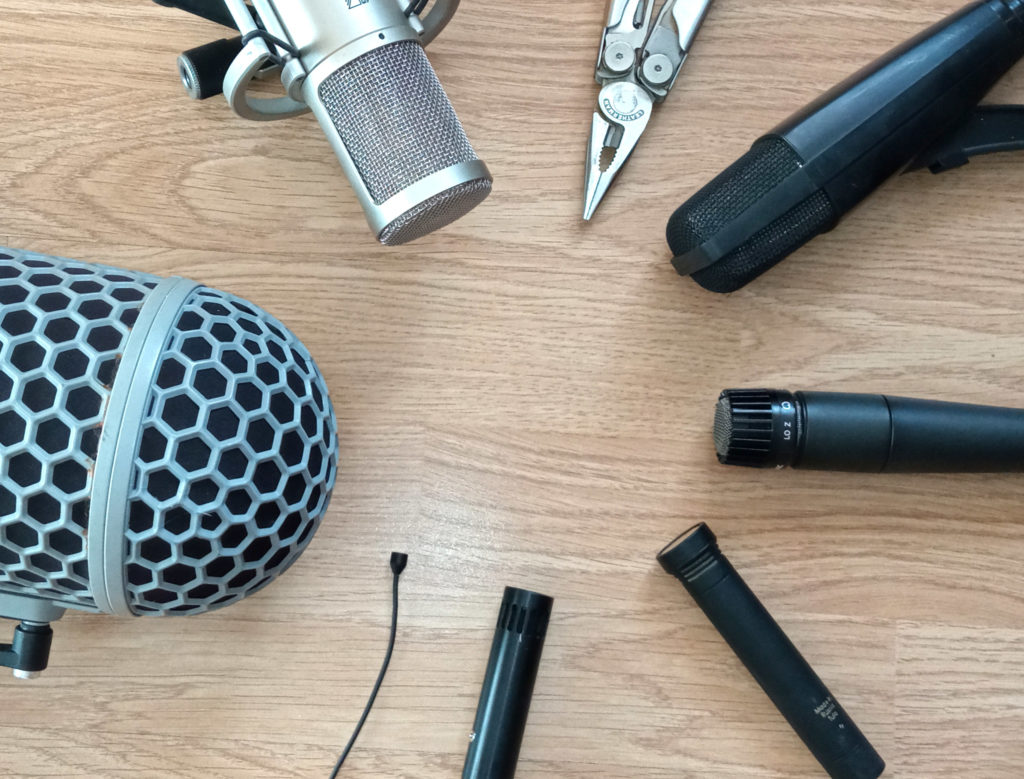The microphone is perhaps the most important tool for creating sounds. Why? Because in sound design, we almost always use real sounds that we process, tweak and combine. Some people think that designing sounds involves synthesis, but it’s a fairly rare practice.
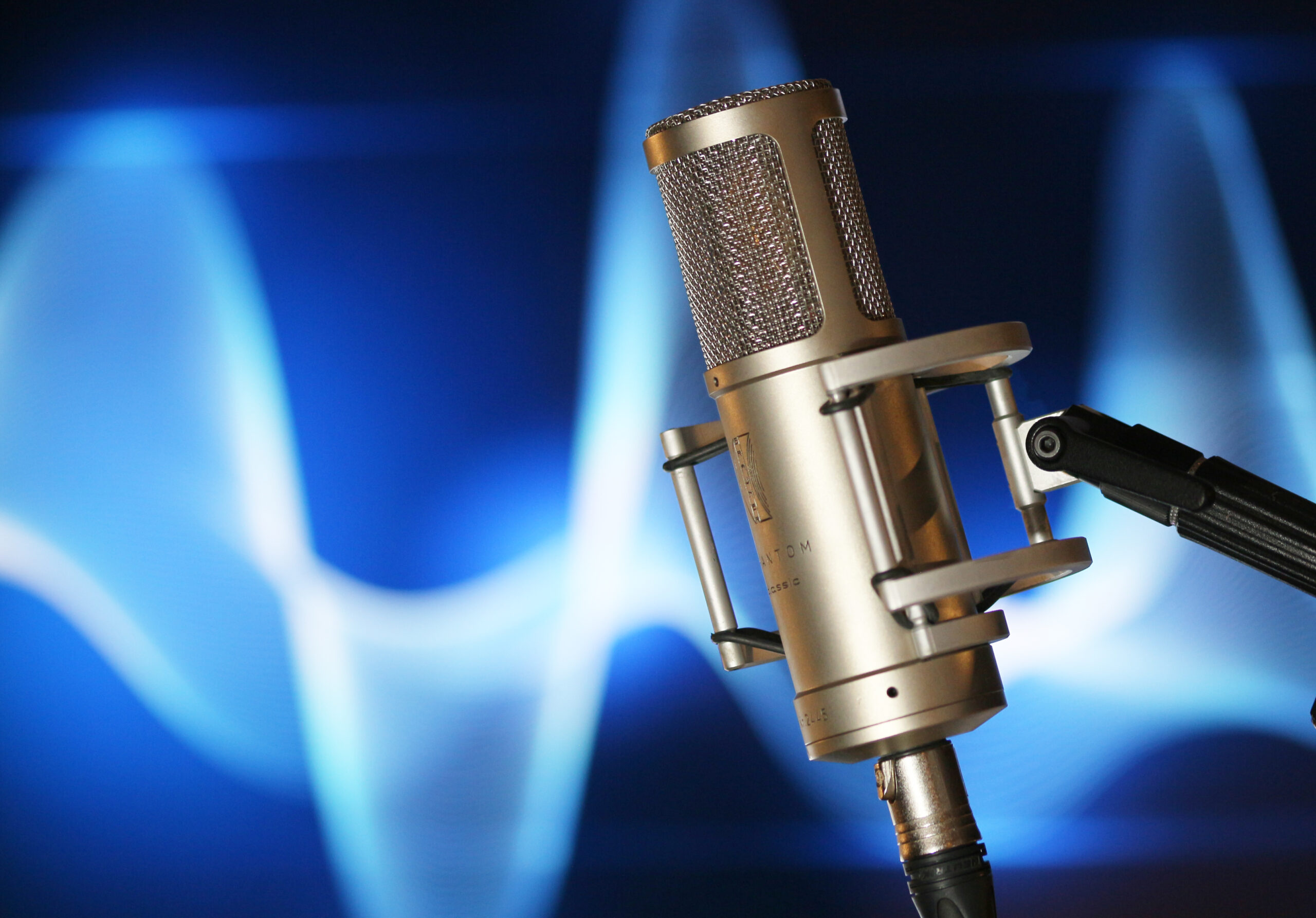
The authenticity of real sounds
In contrast to a sound produced by a synthesizer, an acoustically produced sound possesses characteristics (fluctuations, imperfections, details, complex harmonic components) that our brain has a great ability to recognize and accept as authentic. Thus, recording real sound sources is almost always the best way to create new sounds. Our brain thinks that sounds generated by electronic or digital means are fake. Synthesizers are only used in specific cases, for example, to design certain UI sounds, alarm sounds, electronic musical instruments, etc.
Microphones suitable for sound design
Which kind of microphone?
Electrostatic, dynamic, ribbon? Electrostatic microphones are the most commonly used for field recordings, studio recordings, and sound design. They are more sensitive, accurate, and versatile. Dynamic microphones are very affordable but are better suited for high-intensity sources. Lastly, ribbon microphones are only suitable for music studio use, due to their fragility and weight.
There are also microphones without diaphragms that capture solid sounds. These are known as contact microphones.
Directivity
The choice of microphone directivity depends on the source being recorded, whether it is distant, close, narrow or broad. It can be compared to the focal length of a camera lens. To capture subjects that are far away or isolated in a noisy environment, microphones with hypercardioid or shotgun directivity (equivalent to a telephoto lens) should be used. For capturing wide sound scenes like ambiences or vehicles, omnidirectional or cardioid microphones (equivalent to a wide-angle lens) are preferred.
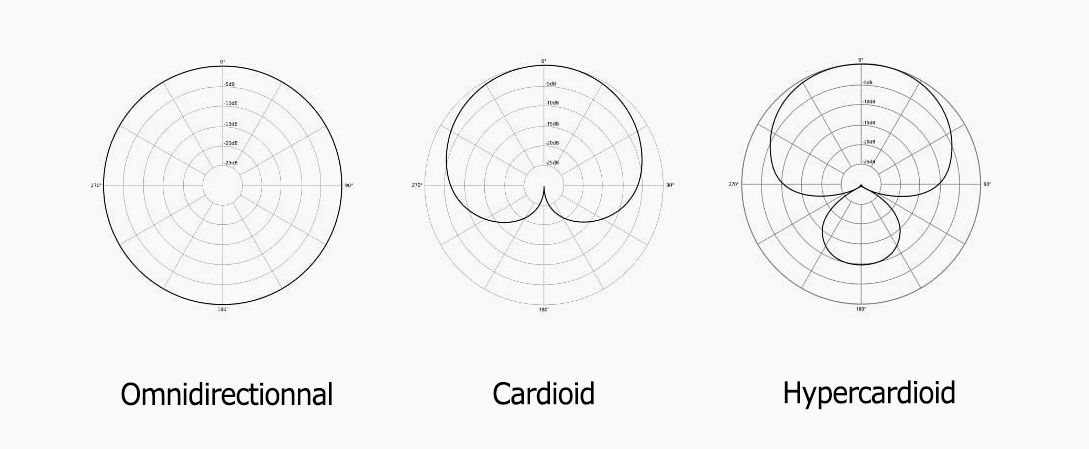
Omnidirectional microphones can be preferred in certain cases because they do not have a proximity effect. This means they can be placed very close to a sound source without distorting the spectrum (as long as the microphone’s maximum SPL level is not reached). They are also much less sensitive to air movement and wind.
Frequency response
Most high-quality microphones have a fairly flat frequency response from 20 Hz to 20,000 Hz. This leads to a good acoustic fidelity and therefore a realistic and natural sounding recordings. Entry-level electrostatic microphones often have an accentuated high-mid and treble response, resulting in aggressive high frequencies or narrow bass and midrange. Some microphones have a frequency response that extends beyond our hearing range and includes ultrasonic frequencies. This opens up possibilities for flexible pitch shifting and the creation of new natural and usable sounds. To learn more, read the article Everything you need to know about Pitch Shifting.
On the other hand, there are microphones with a reduced frequency response. These include contact microphones that are highly sensitive to low-frequencies. This is perfect for producing sounds for the LFE channel or creating textures that add low-end to other sounds. This type of microphone can be used in combination with electrostatic microphones to create larger-than-life sound effects.
Self noise
When it comes to accurately capturing quiet sounds, the self noise of a microphone is crucial factor to consider. When recording a quiet ambiance, the microphone self noise (measured in dBA) must be lower than the acoustic background noise. Similarly, when capturing delicate sound effects such as clothing rustles or object manipulations, a sensitive microphone is required.
Cheap microphones
It is often said that it is better to use a single good microphone than several cheap ones. This is often true, but in certain cases, when faced with significant risks to the equipment, you’d rather use a less expensive mic, even at the risk of damaging it. For example when:
- Recording vehicles (microphone near the engine, tires, exhaust pipe).
- Recording rocks, landslides, debris.
- Capturing sounds near water (river, boat, heavy rain).
- Recording in very dirty or dusty places (quarries, construction sites).
- Recording explosions, firearms.
Below is a relatively inexpensive Oktava MK12 microphone that I placed near the exhaust pipe of a Jaguar MKII.
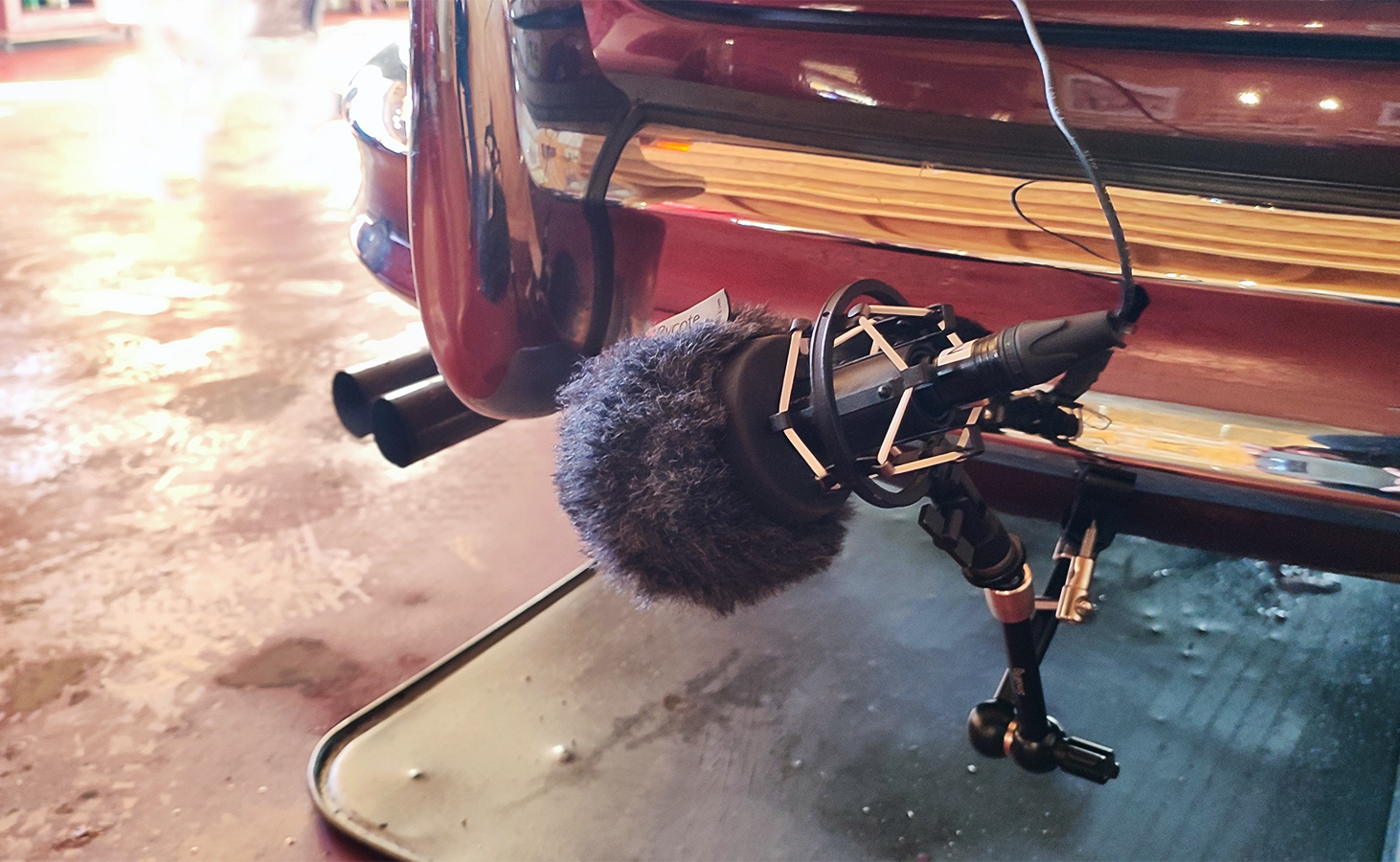
Microphone Sets
When recording the sound of a complex sound source, such as a vehicle, it is highly beneficial to place multiple microphones in different places. In the case of a car, they can be placed inside the cabin, near the exhaust pipe, in the engine compartment, and outside. Each microphone will be recorded on its own channel using a multitrack recorder. This allows for an endless combination of microphones to create new sounds in a digital audio workstation. It is a valuable asset for creating different sound perpectives within the context of a cinema sound editing. Below is a 5-microphone recording I made on a railbike to create mine train sound assets. All tracks are synchronized, and you can notice how each microphone sounds different.
Is there a perfect multi-purpose microphone?
Not really. There are microphones that are more versatile than others, but none that can truly cover all recording situations. A good cardioid condenser microphone (or even a pair) seems like a wise investment to start with. Personally, I often use the Neumann KMR81 microphone. I appreciate its very natural frequency response and the ability to easily isolate sounds from their surroundings. I also frequently use Sennheiser 8000 series microphones in various stereo and multichannel setups. When I travel (such as in the Canary Islands), I always bring a small, lightweight recorder to capture unexpected sounds that I may not encounter again.
